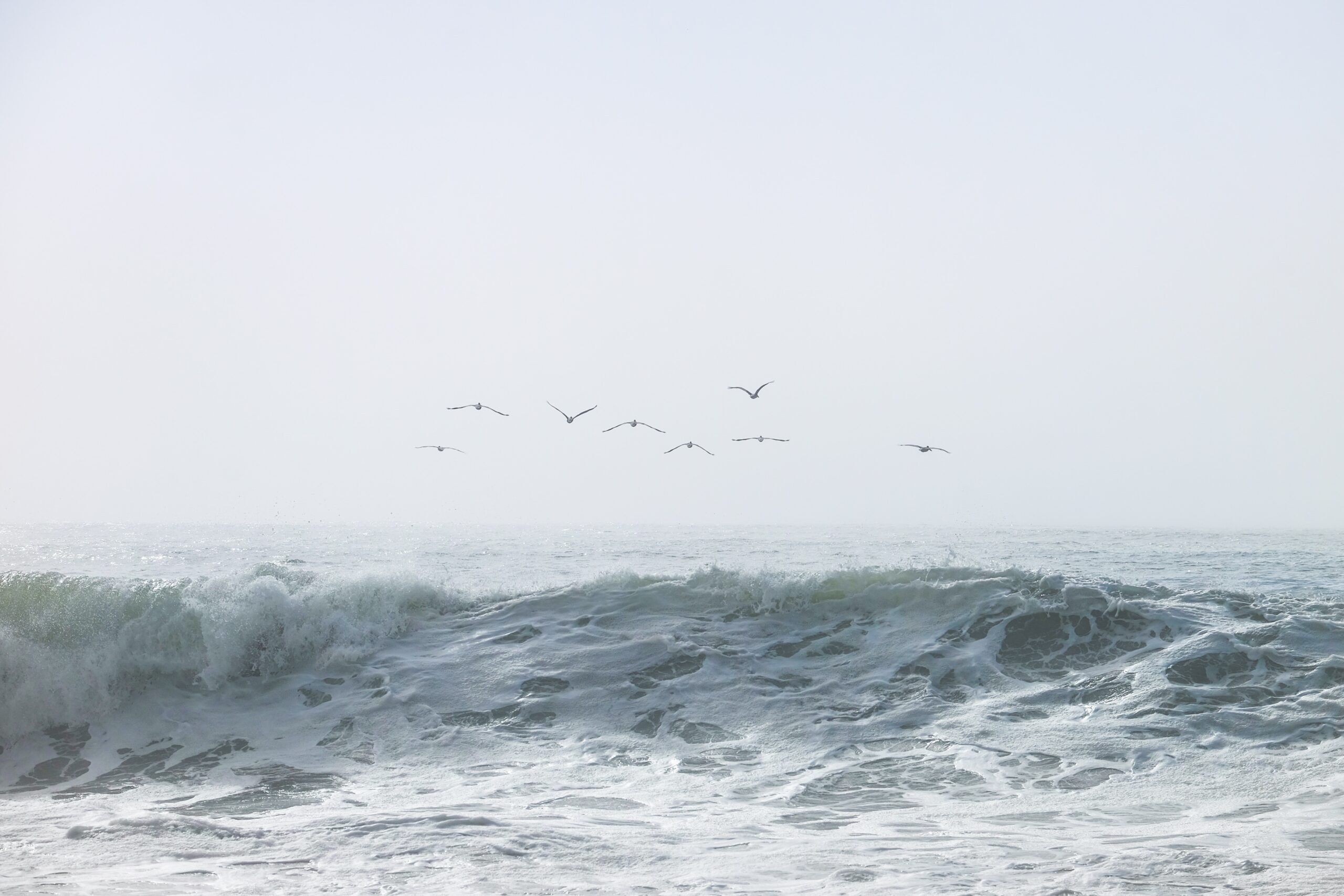The East Coast Low that brought heavy rainfall, flooding, damaging winds and surf to parts of NSW on the weekend has weakened, with conditions expected to ease later today.
While rain rates have eased, heavy rainfall is still possible over the Illawarra, Sydney, Blue Mountains and parts of the Hunter on Monday.
The map below shows one model’s forecast rainfall for Monday, with 80-100mm forecast across parts of Sydney and the Illawarra, with isolated totals up to 150mm possible.
Image: ECMWF 24-hour rainfall forecast to 1am on Tuesday, July 5.
This rainfall is expected to ease across the Sydney and Illawarra districts this afternoon as the rain moves north towards the Hunter district.
While rainfall will continue to impact the Hunter on Tuesday, the threat of heavy rainfall should pass as the low in the Tasman Sea continues to move towards New Zealand.
Damaging winds have also eased overnight, however strong southeasterly winds continued to impact parts central and southern NSW on Monday morning.
Sydney Airport recorded an average wind speed of 54 km/h (around 29 knots) at 11:30am on Monday morning.
Strong winds should continue across the Sydney, Illawarra and Hunter districts on Monday and Tuesday, before easing on Wednesday.
The map below shows the average strong winds impacting the central and southern NSW coastline on Monday afternoon.

Image: Access-G average 10m wind speed at 4pm on Monday, July 4.
The strong winds have also whipped up very heavy surf along the Sydney and Illawarra coastline which is likely to continue on Monday.
Significant wave heights of over five metres could cause damage and coastal erosion, particularly those beaches that are exposed to the southeast swell.
The map below shows the significant wave heights impacting central NSW on Monday afternoon.
Image: Wave Watch III significant wave height at 4pm Monday, July 4.
As demands on ports increase globally, relying on accurate weather data is key to optimising port and logistic operations. Weatherzone Business, a DTN company, delivers insightful, data-driven forecasts to port operators, allowing harbour masters, vessel transport services and pilotage to make informed, weather-influenced decisions.
Weatherzone Business users have access to extensive weather data through an integrated dashboard plus the support of experienced, on-call meteorologists. We also deliver a full suite of metocean services, including wave and current modelling, data analysis and consulting. For more information, please contact us at business@weatherzone.com.au.








